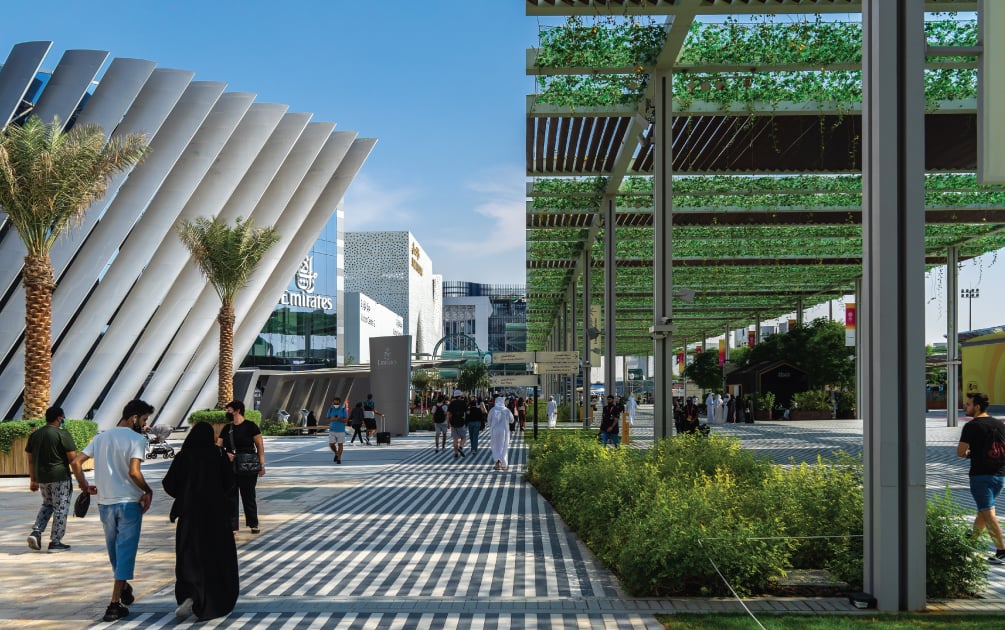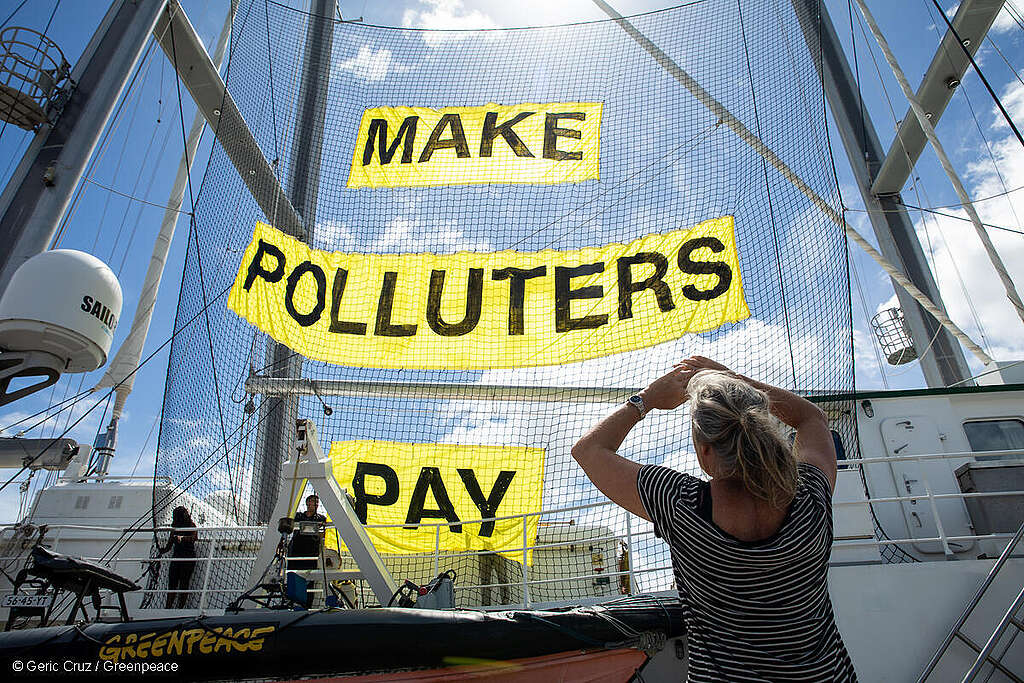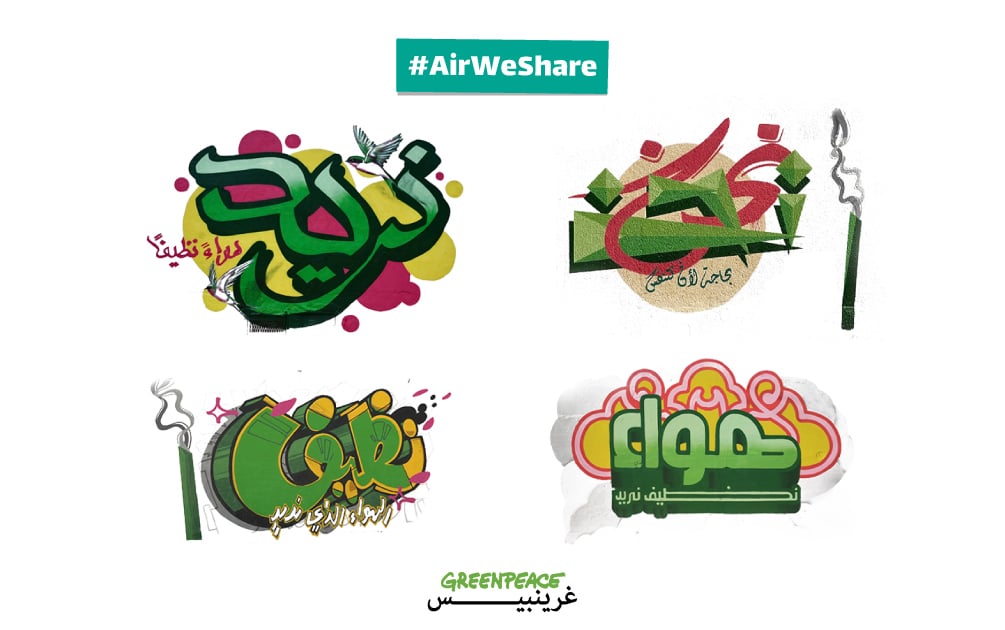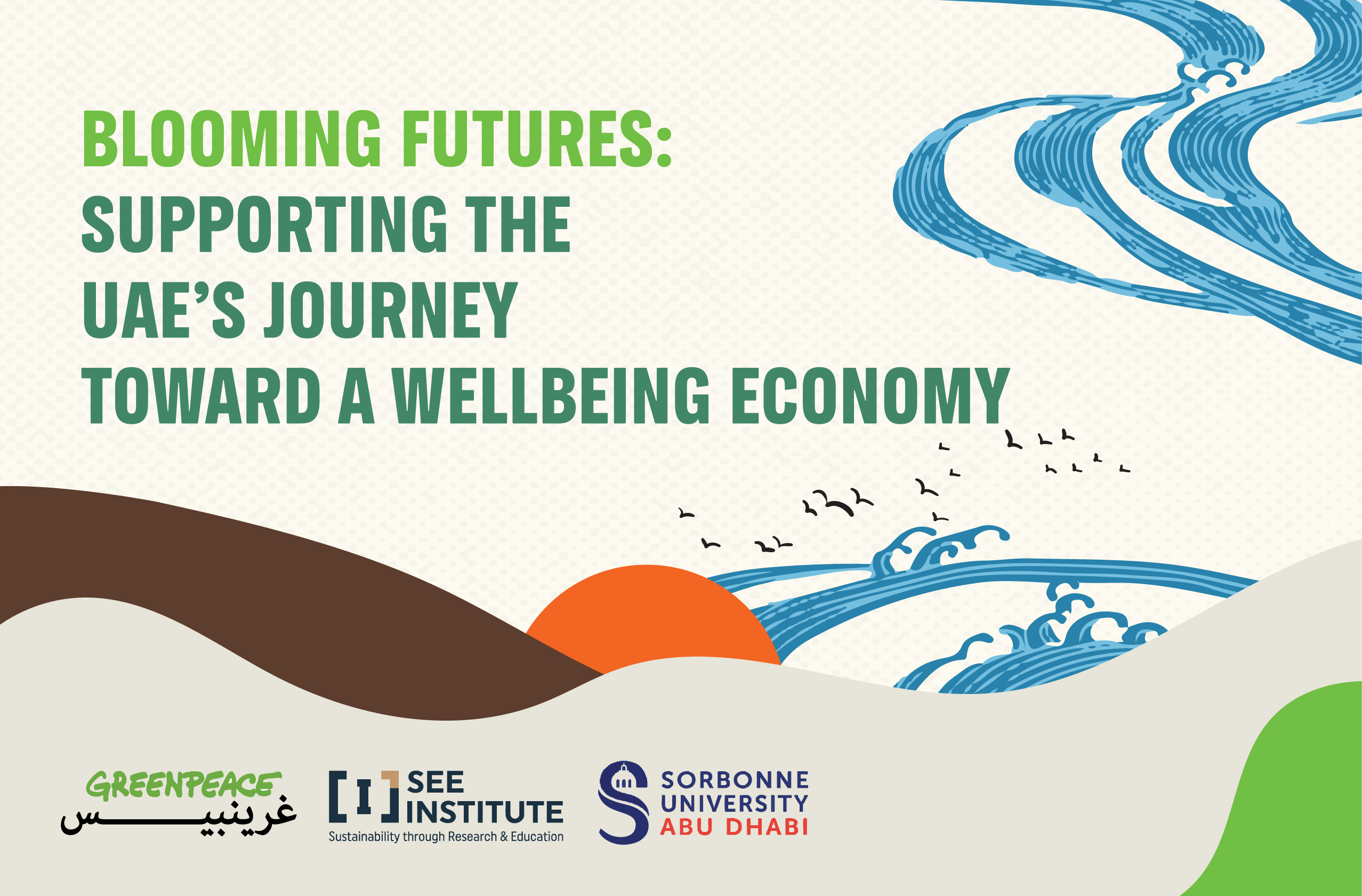
As the world comes together for COP30 in Belém, the UAE has a new opportunity to lead on bridging the ambition gap and show what implementation looks like. The next phase of its leadership will depend on how it operationalizes its climate law to turn ambition into measurable outcomes. |
The UAE recently highlighted at an online COP30 Heads of Delegation consultation the likely ambition gap between submitted 2035 Nationally Determined Contributions (NDCs) and 1.5 °C pathways, referencing the growing distance between the emissions reductions pledged through countries’ national climate action plans and what science shows is necessary to keep global warming below 1.5 °C. By stressing that “ambition cannot be delayed,” the UAE reaffirmed the leadership role it has carefully built in global climate diplomacy. Few countries have shaped the conversation as decisively as the UAE. From hosting COP28, through shepherding the UAE Consensus and its historic inclusion of a commitment to transition away from fossil fuels in energy systems, to the recent adoption of the region’s first federal climate law, the UAE has proven that countries deeply reliant on the fossil fuel energy system can also make bold commitments towards the energy transition.
As the world gathers for COP30 in Belém, the UAE has a new opportunity to lead on bridging the ambition gap and show what implementation looks like. The next phase of its leadership will depend on how it operationalizes its climate law, Federal Decree-Law No. 11 of 2024 on the Reduction of Climate Change Effects, to turn ambition into measurable outcomes.
From a Legal Framework to Concrete Progress
The UAE’s NDC 3.0, submitted ahead of COP 29 (first country to submit its 2035 NDC), pledges a 47 % reduction in net greenhouse gas emissions by 2035. According to the Climate Action Tracker (CAT), the UAE’s NDC 3.0 represents “a significant step forward in ambition compared to its 2030 target.” However, while CAT considers the UAE’s NDC 3.0 theoretically compatible with a 1.5 °C pathway, it still rated it as “Almost sufficient” to meet 1.5 °C as it is deemed unrealistic to achieve. In other words, while the target is promising, its achievement will hinge on effective implementation.
Against this backdrop, and with the adoption of its recent Federal Decree Law, the UAE possesses not only the means and political will, but also the enabling policy environment to ensure its NDC 3.0 ambition is implemented in practice. This will hinge on the implementing decrees the country will put in place to enact its new legislation. Indeed, the Decree-Law lays solid foundations. It introduces key mechanisms, such as monitoring, reporting and verification (MRV) systems, and sector-specific adaptation planning, that will allow the UAE to track progress across industries. However, the law itself does not set emission reduction targets, nor does it specify how sectoral efforts will align with the country’s NDC. These details will come through the implementing decrees, and it is here that the UAE can define the substance of its leadership.
Operationalizing Ambition: Key Recommendations
The implementing decrees which will be associated with the Federal Decree law will determine the extent to which this law can operationalize the UAE’s NDC 3.0 emission reduction commitments. Several measures and stipulations could be included in these implementing decrease to help ensure the law fully supports the UAE’s national and global climate goals:
- Include clear, legally binding, emissions reductions targets:
As NDCs are not legally binding, it is important for the UAE to ensure that its 47% by 2035 emissions reduction target is enshrined in law, which would increase accountability for the target’s achievement. It is therefore recommended that implementing decrees stipulate and make legally binding the country’s emissions reduction target.
- Link the MRV system to enforcement mechanisms:
Implementing decrees should link the MRV system to binding reduction obligations, enabling regulatory action when emissions targets are not met. This could include fines for sectors exceeding their emissions limits, ensuring that the MRV system drives measurable reductions rather than just monitoring.
- Build trust through ensuring transparency:
Transparent reporting through the MRV system will also be essential to track progress and build confidence in the UAE’s climate commitments. This shift from procedural compliance to outcome-oriented accountability would enhance the law’s credibility and effectiveness in achieving the UAE’s climate goals.
- Avoid over-reliance on carbon capture and storage:
In order to ensure the law supports the country’s achievement of its net zero targets, implementing decrees should also establish clear limitations on the use of carbon capture and offsetting, ensuring these tools are strictly regulated and their use does not detract from the country’s renewables production targets.
- Prioritize renewable energy development:
Prioritizing ambitious renewable energy deployment over reliance on carbon capture will ensure the UAE meets its net-zero goals sustainably.
From Ambition to Action: From “the Last One Standing” to “the First to Stand Down”
The UAE has already redefined what climate leadership looks like in the region. By aligning the implementing decrees of its new climate law with its NDC 3.0 and by ensuring real accountability for emissions reductions, it can take the next decisive step: bridging the ambition gap it has so powerfully called out, and charting a course toward a sustainable future grounded in credibility, innovation, and action.
While GCC states are seeking to ensure their position as “last ones standing” in the fossil fuel market by marketing their low-cost oil as a low-carbon product, considering the UAE’s newly-found leadership position in decarbonization debates and its role in ensuring the UAE Consensus includes historic language on transitioning away from fossil fuels, a more strategic and politically potent approach for the country would be to recognize its unique opportunity to lead the global transition away from fossil fuels, therefore being the first ones to stand down from continued new fossil fuel extraction.
Written by Hanen Keskes – Regional Political Lead – Greenpeace MENA

This year, the world’s eyes turn toward COP30 in Belém, Brazil — taking place in what is already the hottest year ever recorded. Although the Middle East and North Africa region bears only a minimal historical responsibility for global emissions compared to major industrialized nations, it ranks among the most affected by the severe consequences of climate change. Communities across the region — standing on the frontlines of the climate crisis — face overlapping challenges: temperatures rising at more than twice the global average, worsening water scarcity and drought, intensifying heatwaves, more frequent extreme weather events, and rising sea levels.
Join Us


